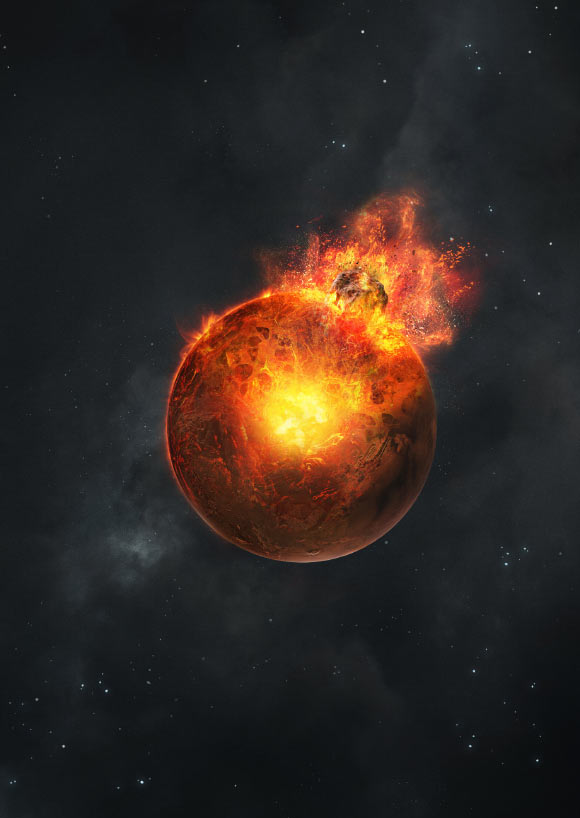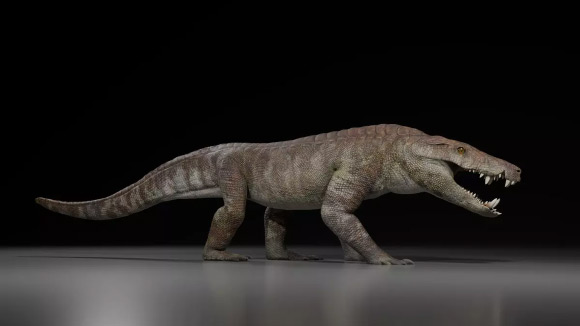Now Reading: Study Uncovers Evidence of Mars’ Turbulent Early History in Mantle
-
01
Study Uncovers Evidence of Mars’ Turbulent Early History in Mantle
Study Uncovers Evidence of Mars’ Turbulent Early History in Mantle

Fast Summary
- NASA’s InSight mission has provided seismic data revealing Mars’ mantle contains ancient fragments preserved from its violent early history.
- mars’ mantle lies between its crust and core and offers critical information about planetary formation and evolution.
- Unlike Earth, which has active plate tectonics, Mars features a single-plate surface allowing less mixing in the mantle.
- Researchers analyzed eight marsquakes to study delayed high-frequency P-waves in the deeper portions of the Martian mantle, showing kilometer-scale compositional variations.
- These variations are remnants of early planetary impacts that fractured the interior and mixed foreign materials into Mars’ mantle during a global magma ocean phase.
- The crystallization process after these impacts froze chaotic features as convection slowed beneath Mars’ stagnant lid crust.
- Findings suggest fractal distributions caused by energetic planetary collisions can persist for billions of years without erasure.
Image Caption: A massive collision in early Martian history created a worldwide magma ocean. (Image Credit: Vadim Sadovski / Imperial College London).
Researchers conclude this analysis reshapes understanding of rock planet formation, with their paper published in Science.
Indian Opinion analysis
This finding significantly advances scientific understanding of rocky planets like Earth and Venus by providing insights into how violent formative events impact internal structures over billions of years. For India, expanding astroscience capacity alongside existing space missions like Mangalyaan could help further global research collaborations targeting broader exploration objectives across solar systems – fostering leadership pathways for advanced studies tied to geology-origin mechanisms ensuring proactive leap experimental-applied geosciences quantum preparedness positioning
























